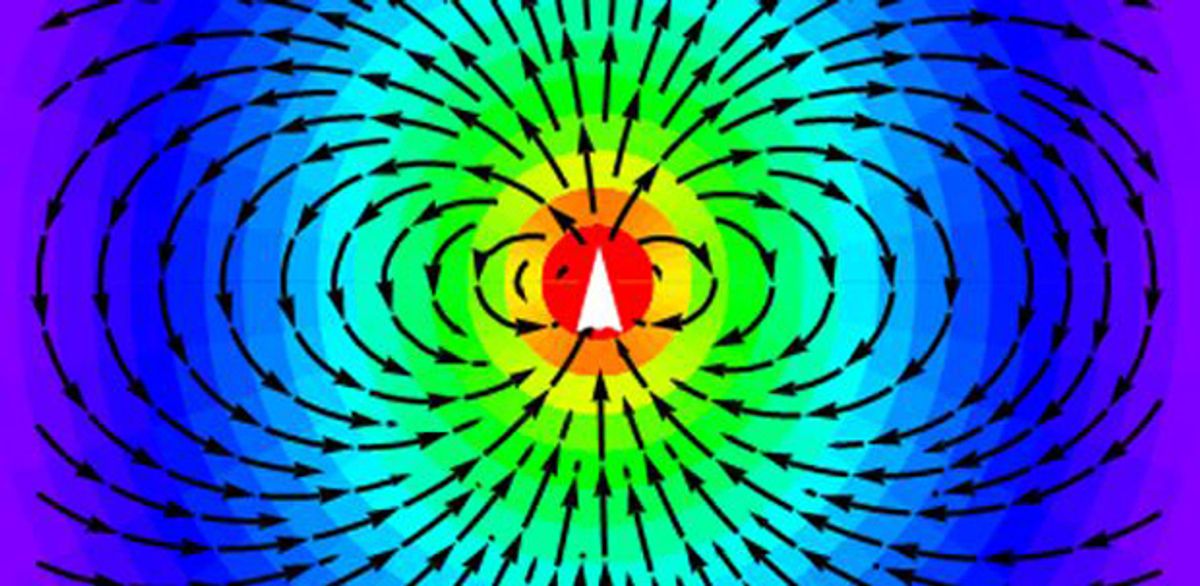It’s well understood that a dipole or monopole metal antenna’s length has to be at least one eighth of the wavelength of the wireless signal in order to transmit enough power. For transmission in the gigahertz range, where most mobile communication takes place, wavelengths between 15 and 30 centimeters had set a limit for miniaturization of transmitter and receiver antennas even as the silicon chips on which they must be integrated got ever smaller.
Now researchers have found a way to reduce the size of GHz antennas by modifying an existing technique, the use of antennas made from a dielectric or insulating material instead of a conductor. In a proof of concept experiment, researchers at the department of engineering at the University of Cambridge and at the National Physical Laboratory in Teddington, Middlesex, UK, have shown that they can reduce the size of a GHz antenna without significant transmission loss by using dielectric materials as the radio wave emitting material. They reported the results earlier this month in Physical Review Letters.
Up to now, no one fully understood why a piece of dielectric material would radiate electromagnetic waves when a radio frequency signal was applied at one end. Maxwell’s equations explain how high-frequency flows of electrons in conductors generate electromagnetic waves, but they do not explain how an insulating material, where there is no flow of electrons, would also act as an antenna.

The researchers, lead by Cambridge engineer Gehan Amaratunga, found inspiration in tech history. They noted that the Guglielmo Marconi’s famous British patent application from 1900, known as 7777 , had an interesting and little noticed detail. It depicted a transmitter linked to an antenna connected to a coil, which had one end dangling while the RF signal was fed to the middle of the coil. Although counterintuitive, this asymmetric coupling between the spark generator and the antenna allowed the transformation of the RF electric signal into electromagnetic radiation. The researchers realized that it was this asymmetry, or “broken symmetry,” a concept borrowed from quantum theory, that explained the generation of electromagnetic waves in Marconi’s transmitter.
You can see such symmetry breaking in a once-common 20th century technology: the two-wire ribbons used during television’s first few decades to send RF signals from rooftop VHF antennas to television sets without any loss. The electric RF current in the two conductors flow in opposite directions and have opposite phase. Because of the translational symmetry (the two conductors are parallel) the radiation fields cancel each other out, so there is no net radiation into space. But if you would flare the ends of the two conductors at one end of the ribbon, they aren’t parallel anymore and you break the translational symmetry. The two electric fields are no longer aligned and don't cancel each other out, causing the RF signal to be converted into electromagnetic radiation.
The UK team argues that the concept of symmetry breaking explains why dielectric matter can transmits electromagnetic waves. “Until now this was not well understood,” says lead author Dhiraj Sinha, who pursued the research during his post-doctoral work at the of the University of Cambridge, and is currently the CEO of antenna startup Oscion, based in Greater Noida, India.
Dielectric antennas are already in use, but they are too bulky for on-chip use. Instead of the dielectric materials in use today, Sinha and his colleagues chose a piezoelectric film. “Normal dielectric antennas are limited by fabrication technologies because we cannot get dielectric materials in thin-film form. Piezoelectric materials can be in thin film form and their thickness can be in the order of 100 to 20 micrometers,” says Sinha.
For their experiment the researchers used piezoelectric filters that consist of two interdigitated contacts deposited on a piezoelectric film, devices similar to crystal frequency filters now used in cell phones. When excited in a symmetric mode, they act as a simple L-C circuit, explains Sinha. When excited in an asymmetric mode, whereby one of the two interdigital contacts was excited while the other interdigital contact was left floating, the piezoelectric filter acted as a monopole antenna, in fact, in a way comparable to the antenna described by Marconi in 1900.
Experiments near one of the GPS frequencies (1575.42 MHz) showed that the new antennas had an efficiency (the percentage of the power of the RF signal converted into electromagnetic radiation) of up to 60 percent. Sinha reports that their antenna was able to radiate one watt of power, which about what’s needed by most portable devices.
For their next experiments they will try to create dielectric antennas for longer wavelengths. “We are thinking of bands between 200 and 600 MHz, they are interesting, we could, for example, replace large television antennas by smaller ones,” says Sinha.



